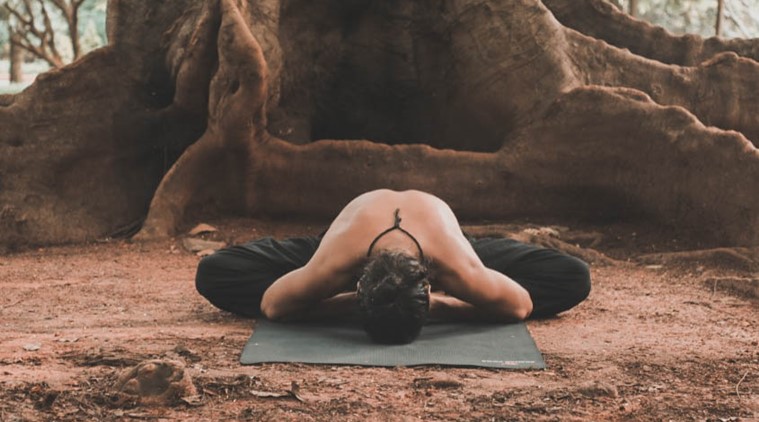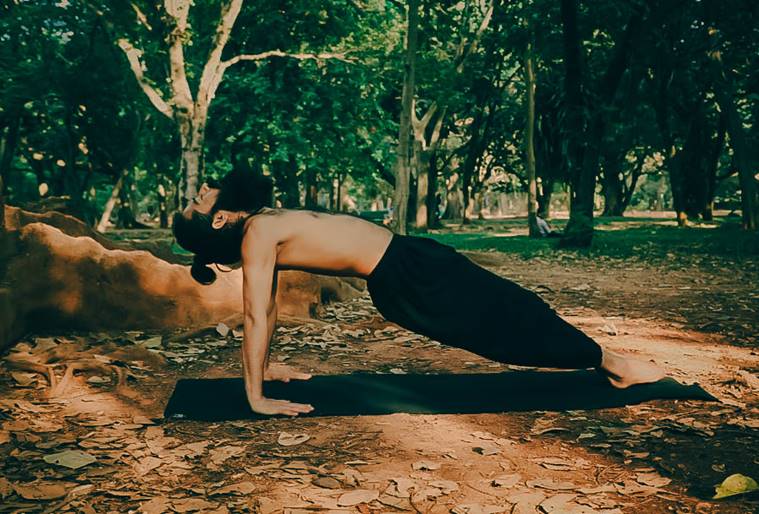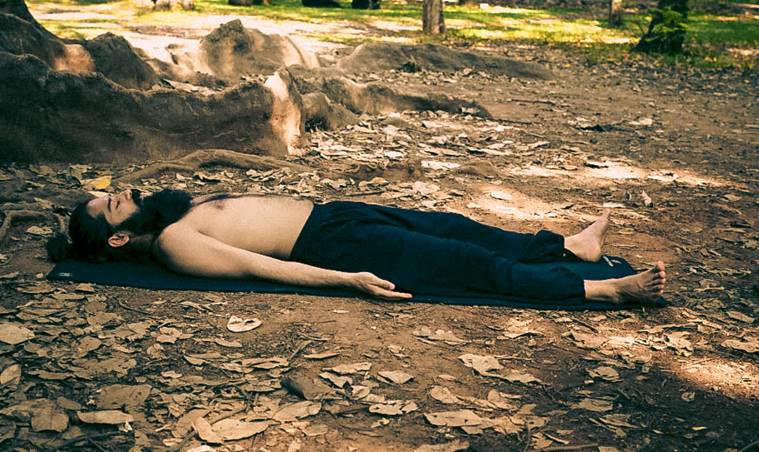World Hypertension Day is celebrated on May 17 every year to create awareness of the importance of monitoring blood pressure and knowing about its natural levels. The theme for this year is 'Know Your Numbers'.

Blood pressure (BP) is the pressure the heart uses to pump the blood which circulates in the body. Medically, it is defined as the pressure of the blood on the walls of your arteries as the heart pumps it around the body. Depending on a person’s activities, it is natural for blood pressure to go up and down in order to adjust to the heart’s needs.
A blood pressure reading under 120/80mmHg is considered optimal. However, readings over 120/80mmHg up to 139/89mmHg are in the normal to high normal range. Low blood pressure is a condition where the blood pressure levels fall below 90/60 mm Hg. When the reading comes out persistently high or low for an extended period of time, it is known as Hypertension or Hypotension. Therefore, it is very important to get your blood pressure checked regularly.
Also Read: How to tell if you have high blood pressure or low blood pressure
On World Hypertension Day, which is celebrated on May 17 every year to create awareness about the importance of monitoring BP and knowing about its natural levels, grandmaster Akshar shares a few yoga asanas which will help keep your blood pressure under control.
Yoga asanas for lowering high blood pressure:
Baddhakonasana or Bound Angle pose

*Sit with your back straight and your knees bent.
*Place the soles of your feet together and pull them as close to your pelvis as possible.
*As you breathe out, try to push your knees toward the ground. If you can, gently bend your body forward, over your feet.
*Hold the position for 3–5 breaths, then release.
Caution: If you have groin or knee injury, only perform this pose with blanket support under the outer thighs.
Also Read: At least three repeated blood pressure measurements give accurate data of patient’s condition: Study
Setu Bandha Sarvangasana or Supported Bridge Pose

Bridge pose is said to be energising for the kidneys and soothing for the nervous system, which can help in lowering high blood pressure.
*Lie down flat on your back, bend your knees and set your feet on the floor, heels as close to the sitting bones as possible.
*Exhale to push your tailbone upward firming the buttocks, and lift the buttocks off the floor.
*Keep your thighs and inner feet parallel.
*Bring your chin towards the chest.
*Hold the position for 1–3 minutes.
Caution: People with neck injury should avoid this pose unless it is practiced under the supervision of an experienced teacher.
Shavasana or Corpse Pose

*Lay flat on your back and relax completely.
*Practice releasing the tension from each part of your body, starting from the hands and feet and ending with the tongue and cheeks.
*Hold this relaxed position for 5 minutes, then gently turn to one side and sit up slowly.
Caution: If you have back injury or discomfort, do this pose with your knees bent and your feet on the floor, hip-distance apart; either bind the thighs parallel to each other with a strap (taking care not to position the heels too close to the buttocks) or support the bent knees on a bolster.
Pregnant women should raise their head and chest on a bolster.
Source: Read Full Article
